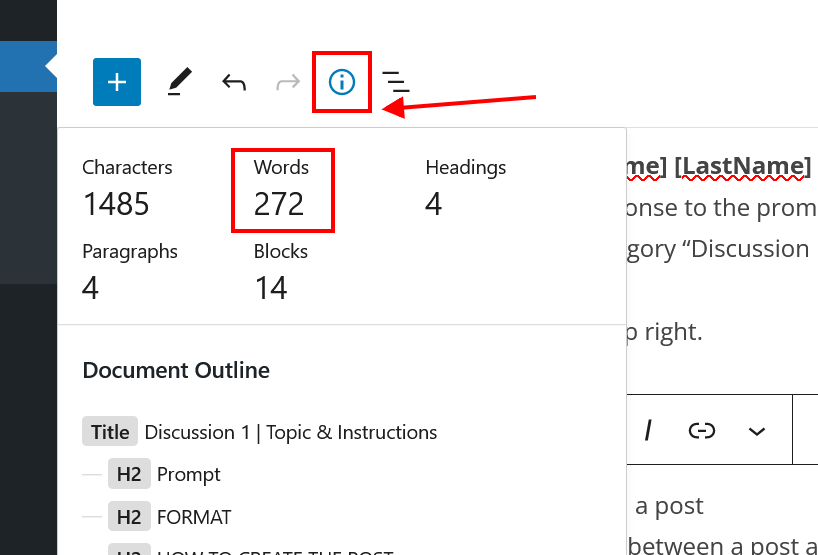The prompt for this week is:
What does it mean to move beyond the gender binary for Alok? Even for people who identify as cisgender, gender is fluid and complex. We all express and experience our gender in different ways, and for most of us, some aspect of our gender identity goes against the binary norm. In what ways does your gender identity go against the binary norm and in what ways does it fit the binary norm?
Make your post by Wednesday, February 16 at 11:59 pm. You will also want to respond to at least three of your classmates’ posts by Friday, February 18 at 11:59 pm.
Format Requirements
- Due: Wednesday February 16, 11:59 pm.
- Written in complete, well-formed sentences & carefully proofread
- Engaged with the assigned text by explicitly referring to and/or citing them
- 400-600 words. Longer, but not shorter, posts are fine. To view your word count, click the info symbol at the top of the post draft!

How to Create the Post
- 1) Click on the black plus sign in a white circle at the very top of the site (in the black bar) to start the post draft:

- 2) In the title box, type the title “[FirstName] [LastName] Discussion 3″.
- 3) In the body of the post, type your response to the prompt.
- 4) On the right side, choose the post category “Discussion 3.” Your post will not publish without a category. DO NOT TAG THIS WITH ANY OTHER CATEGORY AND DO NOT USE A CATEGORY STICKY.
- 5) Click the blue Publish button on the top right.
More Help:
- Here is a video tutorial on how to publish a post.
- If you want to understand the difference between a post and a comment, see this help document.